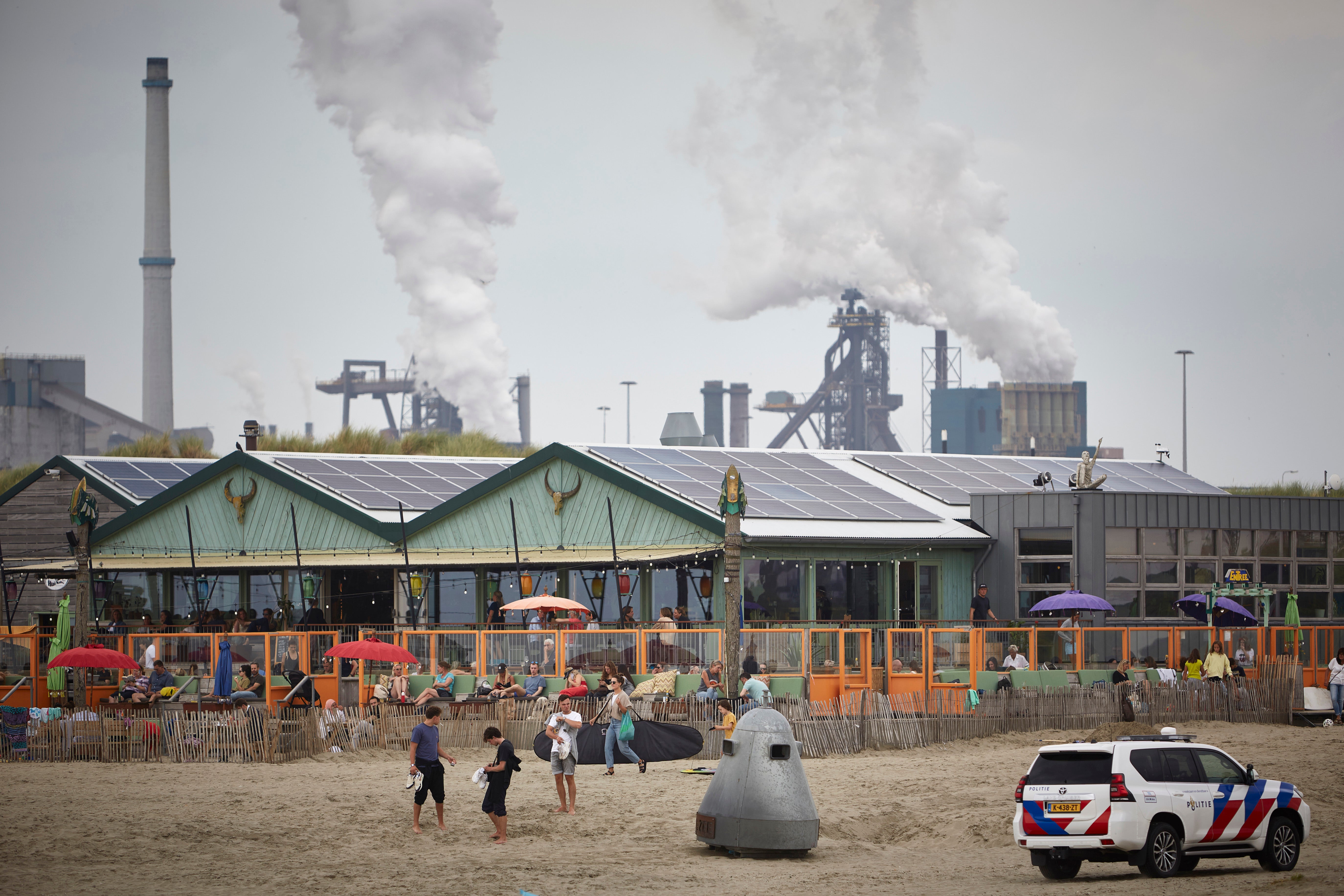Most of remaining fossil fuel reserves must stay underground to limit climate crisis, study warns
Strict extraction limits are needed to have at least a 50 per cent chance of limiting global warming to 1.5°C

Your support helps us to tell the story
From reproductive rights to climate change to Big Tech, The Independent is on the ground when the story is developing. Whether it's investigating the financials of Elon Musk's pro-Trump PAC or producing our latest documentary, 'The A Word', which shines a light on the American women fighting for reproductive rights, we know how important it is to parse out the facts from the messaging.
At such a critical moment in US history, we need reporters on the ground. Your donation allows us to keep sending journalists to speak to both sides of the story.
The Independent is trusted by Americans across the entire political spectrum. And unlike many other quality news outlets, we choose not to lock Americans out of our reporting and analysis with paywalls. We believe quality journalism should be available to everyone, paid for by those who can afford it.
Your support makes all the difference.About 60 per cent of the current oil and fossil methane gas and 90 per cent of the remaining coal reserves must stay underground by 2050 to avoid the worst consequences of the climate crisis, according to a new study.
The research, published in the journal Nature on Wednesday, noted that strict fossil fuel extraction limits are needed to have at least one-in-two chances of limiting global warming to 1.5 °C and preventing extreme consequences of the climate crisis.
Previous research has shown that at 1.5°C warming, about 14 per cent of Earth’s population would be exposed to severe heatwaves at least once every five years, while at 2°C warming more than a third of the global population may be vulnerable.
Scientists have also warned that extreme weather events, including heatwaves, flooding, and droughts would become widespread unless carbon emissions are curbed to limit warming to under 1.5°C.
Fossil fuels currently account for over 80 per cent of the global energy consumption, and their production and use need to decline substantially to meet internationally agreed climate goals – set out by the Paris Agreement in 2015 – to limit global warming to 1.5°C relative to pre-industrial times, the study noted.
However, researchers, including Dan Welsby from University College London, say many operational and planned fossil fuel extraction projects are not conducive to meeting these internationally agreed targets.
The scientists estimated that oil and gas production, for example, must decline by three per cent annually until 2050 to meet these goals.
They say the policies to restrict production and reduce demand will be needed to encourage producers to reassess production.
The current study follows a 2015 study in Nature which estimated that a third of oil reserves, half of gas reserves and over 80 per cent of coal reserves should remain unused by 2050 to have a good chance of capping global warming at 2°C.
In their latest modelling research, Welsby and his team, calculate the proportion of fossil fuels that need to be left in the ground to be in with a chance of limiting global warming to 1.5C.
According to the researchers, a large increase in unextractable fossil fuel reserves is required, particularly for oil for which an additional 25 per cent of reserves have to stay in the ground compared with the 2015 estimates.
A decline in oil and gas production required globally by 2050, the scientists say, could imply many regions face peak production now or during the next decade.
They caution that these results may be an underestimate since their model does not take into account for uncertainties around the rate of deployment and scale of technologies needed to counteract emissions, and the way in which the Earth’s geological, chemical, and life cycle may behave.
Join our commenting forum
Join thought-provoking conversations, follow other Independent readers and see their replies
0Comments